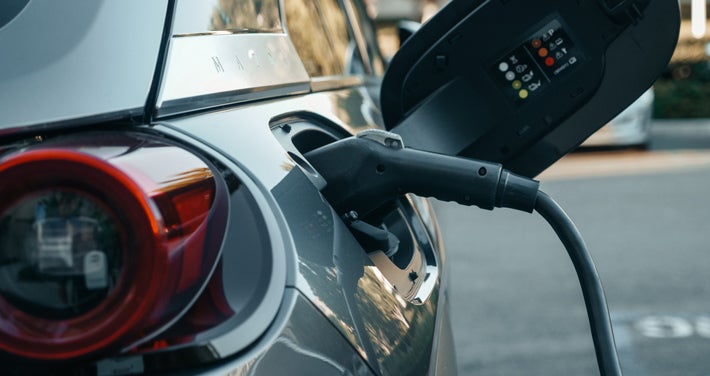More than 20% of U.S. states have committed to discontinuing the sale of gas-powered automobiles by the year 2035 – a move that will go a long way toward achieving the goals established by the Paris Climate Agreement. But will the significant growth of electric vehicle (EV) ownership overwhelm local and regional electric grids? The short answer is no, but there are a number of considerations that factor into a successful transition to electric-powered cars, buses, and other forms of transportation.
A change in load is perhaps the most significant consideration faced by utilities and could potentially pose a challenge to an industry committed to the reliable delivery of energy to its customers. Fortunately, the shift is expected to occur with sufficient lead time for utilities and grid operators to prepare for the anticipated increase in demand. For example, “smart grids” employ a number of measures that take some of the guesswork out of forecasting periods of increased electricity consumption. While the information provided by technology is critical, many utilities including Unitil still request that customers notify them when installing EV charging infrastructure. This helps to ensure that resources are configured properly to support demand and growth. Visit our EV Charging Options Webpage to learn more about electric vehicle charging options and the process to notify Unitil when you’re installing an EV charger.
According to a recent S&P Global Mobility special report, the share of total vehicles sold that are electric is likely to reach 40% by 2030.
Time-of-use (TOU) rates incentivize EV owners to charge their vehicles when demand on the electrical grid is much lower (typically overnight) by offering discounted rates during off-peak hours. Unitil introduced Electric Vehicle TOU rates to New Hampshire electric customers in July of 2022 and to Massachusetts electric customers in April of 2023.
Managed charging, which is leveraged by some utilities, allows EV charging to be remotely paused during periods of peak energy consumption with the consent of the owner.
The Inflation Reduction Act of 2022 is a landmark federal law that authorizes significant investment in initiatives to combat climate change and advance clean energy. The impact of EVs on the electricity grid today is negligible, and there is enough excess capacity to handle the rapid growth of plug-in vehicles. In fact, experts see electric vehicles as part of the solution, effectively adding flexibility to the modern grid to mitigate the effects of climate change.
As America’s electric infrastructure adjusts to the changing needs of today’s homes and businesses and the challenges presented by climate change and extreme weather, it’s clear that the additional load on the power grid from electric vehicles is just one piece of a much larger puzzle. The enhanced electrical grid of the future will have benefits for the environment, utility companies, and their customers alike.
Key Takeaways:
- In Norway, where 2/3 of new vehicle sales are electric, there has been little to no adverse impact on the power grid. In fact, Norway remains one of the top exporters of clean energy.
- Distributed generation is expanding in scope and will eventually enable U.S. power grids to use electric cars and trucks as a bidirectional (two-way) power resource, feeding stored battery power back to the grid during periods of greatest need.




